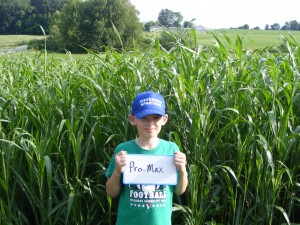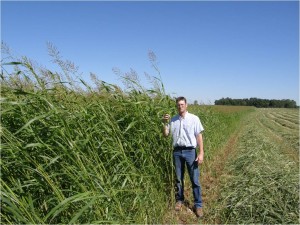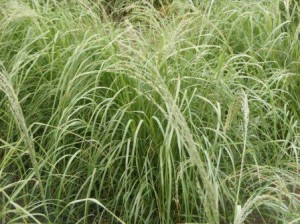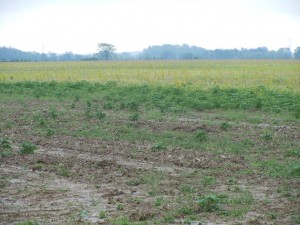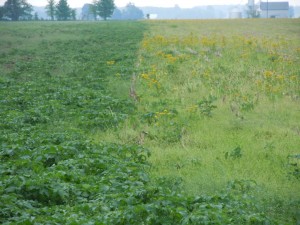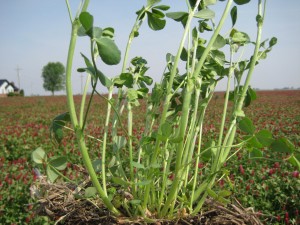I recorded this video a few weeks ago for the seed company I work for. After receiving numerous calls and e-mails asking for help on what to plant, I decided to put this presentation together. Many of the options I mentioned as being viable to plant in mid-June can still be planted in July.
Please check with your seed supplier for availability of the different species. Until new crop is harvested there are several species that are in short supply.
Prevented Planting Seeding Options video.
It may take a few minutes to download the video.
